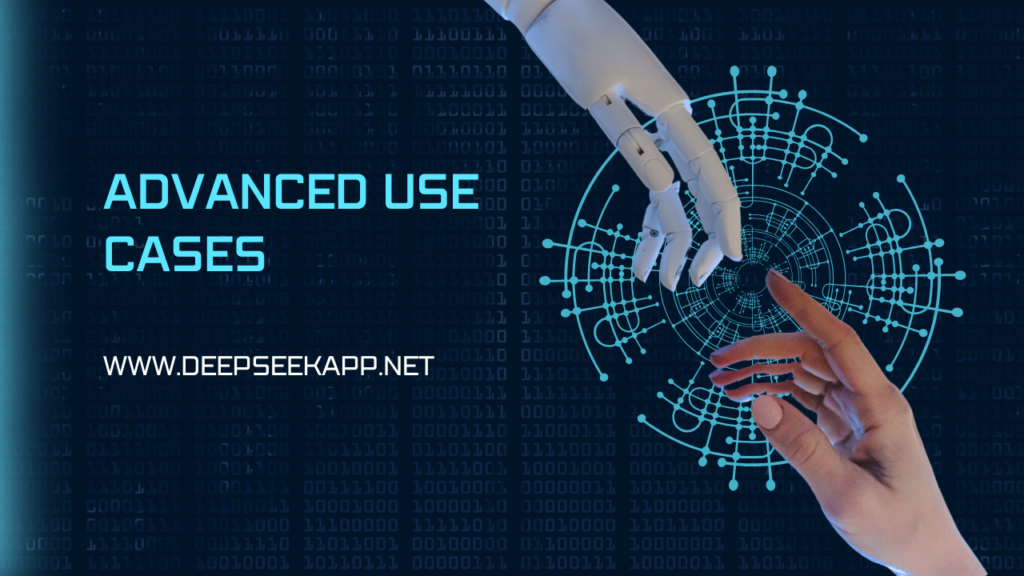DeepSeek R1, the revolutionary open-source AI language model from DeepSeek, has taken the artificial intelligence world by storm. Launched in January 2025, it has become a go-to tool for tasks like coding, reasoning, and mathematics. If you’re new to DeepSeek R1 or looking to maximize its potential, this guide will walk you through its features and provide best practices for effective usage.
Key Features of DeepSeek R1
1. Open-Source Accessibility
DeepSeek R1 is freely available to the public, allowing developers, researchers, and enthusiasts to explore its capabilities. The open-source nature provides opportunities for customization and integration into diverse applications.
2. Chain of Thought Reasoning
One of the standout features of DeepSeek R1 is its “chain of thought” methodology. This approach enables the model to simulate a reasoning process, leading to more accurate and detailed outputs for complex tasks.
3. Cost-Effective Development
Unlike many competitors, DeepSeek R1 was developed with a focus on cost-efficiency, utilizing only 2,000 Nvidia H800 chips. This design philosophy ensures the model remains lightweight while maintaining high performance.
4. Multifunctional Capabilities
DeepSeek R1 excels in a variety of tasks, including:
- Solving mathematical problems
- Writing and debugging code
- Generating human-like text for creative and professional purposes
- Analyzing and reasoning through complex queries
5. Platform Availability
You can access DeepSeek R1 through its web interface, mobile app, or API. The API is especially useful for developers seeking to integrate the model into custom applications.
Getting Started with DeepSeek R1

1. Set Up Your Account
To begin using DeepSeek R1:
- Visit the official DeepSeek website or GitHub repository.
- Create an account to access the web platform, download resources, or obtain API keys.
- For developers, clone the open-source repository to experiment with the model locally.
2. Explore the Web Interface
The web interface provides an intuitive environment for users to interact with the model. Key features include:
- A user-friendly input/output window
- Predefined templates for coding, problem-solving, and text generation
- Real-time responses for queries
3. Use the API
The DeepSeek R1 API allows seamless integration into applications. To use it:
- Obtain your API key from the platform’s dashboard.
- Follow the detailed documentation on making API calls.
- Experiment with endpoints for tasks like text generation, code assistance, or data analysis.
4. Customize the Model
Since DeepSeek R1 is open-source, users can fine-tune the model for specific needs. Use the following steps:
- Download the model’s code and pre-trained weights.
- Use frameworks like PyTorch or TensorFlow to modify the architecture or parameters.
- Retrain the model with custom datasets to achieve specialized outputs.
Best Practices for Using DeepSeek R1
1. Define Your Objectives
Before interacting with the model, outline clear goals. Whether you’re solving a mathematical equation or generating creative content, clarity will improve your results.
2. Craft Effective Prompts
The quality of your input directly affects the output. Use these tips for better results:
- Be specific and concise.
- Include all relevant details in your query.
- Use examples to guide the model’s response.
3. Leverage Predefined Templates
DeepSeek R1 offers templates for common tasks, such as code debugging or text analysis. These templates save time and ensure more accurate outputs.
4. Experiment with the Chain of Thought Methodology
To solve complex problems, encourage the model to “think aloud.”
- Ask the model to break down problems step by step.
- Use follow-up questions to refine the process.
5. Monitor and Fine-Tune Results
Review the model’s output to ensure accuracy. If necessary:
- Adjust your prompts to include more details.
- Use external validation for tasks requiring high precision, such as coding or data analysis.
6. Contribute to the Community
As an open-source project, DeepSeek R1 thrives on community contributions. Share your insights, report issues, and participate in discussions to enhance the platform.
Advanced Use Cases

1. Integrating DeepSeek R1 into Applications
Developers can build powerful applications using the model’s API. Examples include:
- Chatbots for customer support
- Automated content generation tools
- Educational platforms for tutoring and learning
2. Research and Development
DeepSeek R1 is ideal for academic and industrial research. Researchers can:
- Study its architecture and training methodology
- Experiment with novel use cases
- Compare its performance with other models
3. Enhancing Productivity
Professionals in various fields can use DeepSeek R1 to:
- Automate repetitive tasks
- Generate reports or presentations
- Analyze data for business insights
Challenges and Limitations
While DeepSeek R1 is a powerful tool, it’s important to be aware of its limitations:
- Accuracy: The model may occasionally produce incorrect or nonsensical outputs.
- Bias: Like all AI models, DeepSeek R1 can reflect biases present in its training data.
- Resource Requirements: Running the model locally may require substantial computational resources.
Conclusion
DeepSeek represents a major milestone in AI development, offering powerful features and unparalleled accessibility. By understanding its capabilities and following best practices, users can unlock its full potential for a wide range of applications. Whether you’re a developer, researcher, or business professional, DeepSeek provides a versatile platform to drive innovation and productivity.
If You Have Any Problem, Feel Free to Contact Us!

